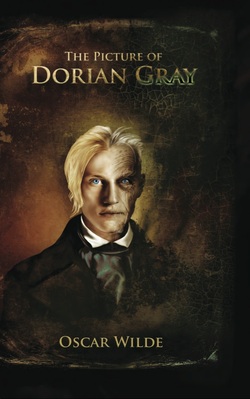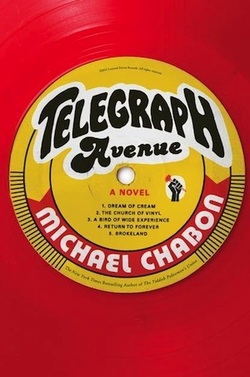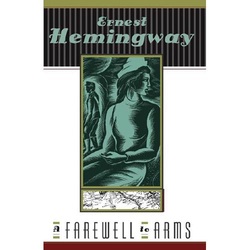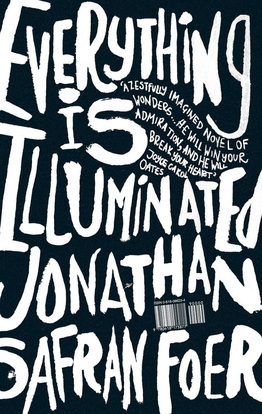
Author: Oscar Wilde
Genre: Fiction
# pages: 180
Date published: 1890
5-star rating: 3.5 stars
Would you recommend it: Yes
Often considered a classic example of Gothic literature, Oscar Wilde’s The Picture of Dorian Gray details the consequences of sensual indulgence and uninhibited narcissism. The novel’s title character embodies youth and physical beauty, and is therefore the inspiration for artist Basil Hallward’s latest paintings. Drunk on the adolescent’s intoxicating visage, Basil paints a particularly realistic portrait of Dorian. The painting unintentionally reveals attraction in addition to attractiveness, and Basil therefore wants to hide the portrait from the public eye.
Meanwhile, Lord Henry, a notoriously witty scoundrel, enlightens Dorian about the power and influence that comes with this youth and beauty, and uses his own charm and amusing aphorisms to pervert Dorian’s worldview. Knowing that Dorian cannot bear the thought of losing his handsome features and the associated societal benefits, Lord Henry vocalizes the harsh truth of aging and deterioration, and in an impetuous instant, Dorian wishes to maintain his youthful appearance despite time’s passing; in other words, he wishes to always resemble Basil’s painting.
The novel then describes Dorian’s descent into Henry’s hedonism and lavish lifestyle. Surrounded by perfumes, fine fabrics, and engrossing literature, Dorian cannot escape indulgence and influence. External forces become internalized, as Dorian begins to speak and act like Lord Henry, vying to preserve his beauty at the cost of his morality. Basil Hallward tries to be the voice of reason and save Dorian from moral decay, but Dorian is too entrenched in debauchery to listen to the self-conscious artist.
Wilde creates a metaphor between reality and art when Dorian finds that the vices he commits in daily life begin to mar Basil’s pristine painting. The youthful gaze that once looked out from the canvas is now sinister, and Dorian comes to realize that the painting assumes the physical mutilation to which his own face is now immune. Though Dorian’s body seems to defy time’s toll, his soul—manifested in the painting—suffers for every sin.
Wilde plays with art’s power to corrupt, which cleverly adds another layer to the theme, given his medium of expression as a storyteller and an artist. As Dorian sinks deeper into moral degeneration, readers will become frustrated by his continuous inability to resist temptation. While the novel’s ending is predictable, even inevitable, it explores the overwhelming power of external influence and internal desire. With its mix of modern decadence and the harshness of Victorian morality, The Picture of Dorian Gray is both traditional and incredibly bold for its time, as Wilde explores aesthetics, art, and attraction.
Review by Lauren Bly, A&S '15





 RSS Feed
RSS Feed
